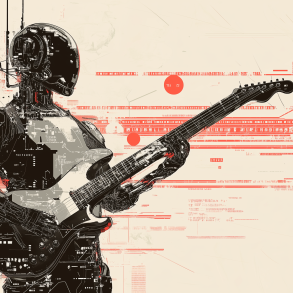The Tech Giant’s Latest Release, GPT-4O, Offers Users An Unprecedented Interaction Experience With AI That Can See, Hear, And Speak
OpenAI has unveiled GPT-4o, its latest AI model that promises to revolutionize user interactions by facilitating real-time, humanlike conversations across multiple communication modes. This groundbreaking model combines text, image, and audio inputs to deliver a more natural interactive experience.
Scheduled for rollout in the upcoming weeks, GPT-4o will be available through OpenAI’s ChatGPT and its API, merging several previously independent functionalities into a cohesive, efficient system.
This AI model allows users to interact via live visuals, uploads, or even through screen sharing, enhancing the user experience to levels akin to actual video calls. OpenAI has announced that access to this technology will be free, although premium users will benefit from extended capacity limits.
During a live demonstration, Mira Murati, Chief Technology Officer at OpenAI, emphasized the strategic importance of making advanced AI tools widely accessible. She described GPT-4o as a significant advancement towards more natural user-machine interactions, mirroring the ease of human conversation.

“GPT-4o represents a significant leap towards transforming how we interact with machines. It’s about creating a more assistive relationship, where AI serves as an invaluable partner in our daily tasks,” Murati explained during the presentation.
The model was showcased live, demonstrating its ability to handle dynamic interactions seamlessly. Users can modify inputs on-the-fly, such as adjusting visuals or changing the direction of the conversation, without experiencing the lag times typical of earlier models.
According to OpenAI, the introduction of GPT-4o is set to enhance various professional fields by streamlining complex tasks and fostering a creative, productive partnership between AI and human users. This is particularly impactful in creative industries where real-time feedback and iterative design are valuable.
“We’re pushing the boundaries of what AI can do in everyday scenarios. From professional settings to personal interactions, GPT-4o is designed to understand and respond with a level of finesse and accuracy that closely mirrors human interaction,” Murati added.
The AI’s ability to integrate and synthesize audio, visual, and text inputs in real time is poised to open up new avenues for user engagement, making technology more intuitive and responsive than ever before.
OpenAI continues to lead in innovation, setting the stage for future developments that could redefine human interaction with technology. GPT-4o is not just an incremental update; it is a transformative tool that blurs the line between digital and human communication, making advanced AI interactions part of everyday life.









